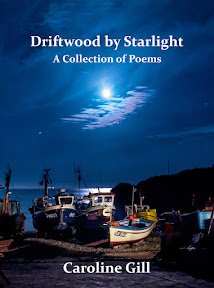Welcome to my post for the carnival, 'I and the Bird'
hosted by Duncan at 'Ben Cruachan'
 This is the RSPB Big Garden Birdwatch Weekend.
This is the RSPB Big Garden Birdwatch Weekend.
Dawn broke over Swansea Bay.
It was a cold, snowy morning.
hosted by Duncan at 'Ben Cruachan'
 This is the RSPB Big Garden Birdwatch Weekend.
This is the RSPB Big Garden Birdwatch Weekend.Dawn broke over Swansea Bay.
It was a cold, snowy morning.


Other birds began to perch on the roof and the larch,
forming flocks of mixed species.
We sat at our window for the specified hour,
with the RSPB bird form to hand,
a pair of binoculars each
and mugs of hot coffee.
We recorded the highest number of a single species seen at a time.
Birds were only recorded if they landed.
Birds who passed over our garden in flight were excluded from the survey.
Each species could only appear once in the list.
I wonder if you took part? Do leave a link or a comment if you have posted your results.
See also:
with the RSPB bird form to hand,
a pair of binoculars each
and mugs of hot coffee.
We recorded the highest number of a single species seen at a time.
Birds were only recorded if they landed.
Birds who passed over our garden in flight were excluded from the survey.
Each species could only appear once in the list.
We were quite surprised at the range of birds.
These were are results:
These were are results:
- 26 Starlings
- 4 Chaffinches
- 4 House Sparrows
- 3 Blackbirds
- 2 Bluetits
- 2 Magpies
- 1 Blackheaded Gull
- 1 Dunnock
- 1 Feral Pigeon
- 1 Goldfinch
- 1 Great Tit
- 1 Herring Gull
- 1 Robin
- 1 unidentified bird, slight, a long tail, cream-pink chest, slender bill. This bird perched in a tree.
I wonder if you took part? Do leave a link or a comment if you have posted your results.
See also:
- Paul at Little Brown Job - don't miss the Meerkat!
- The Guardian
- The Interrupted Gardener
- Midmarsh Jottings




























.jpg)












